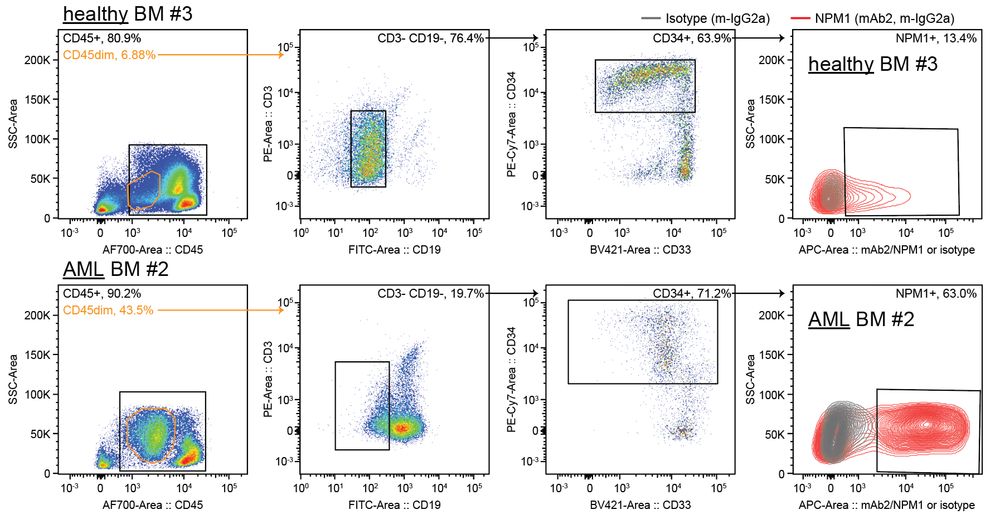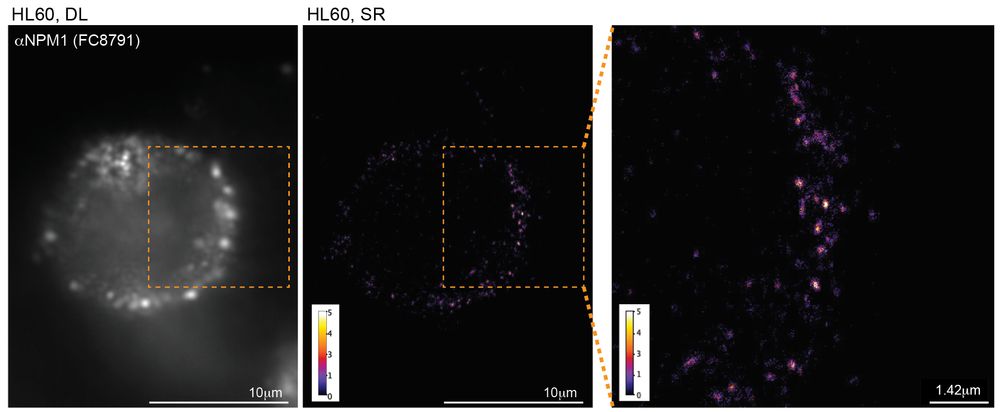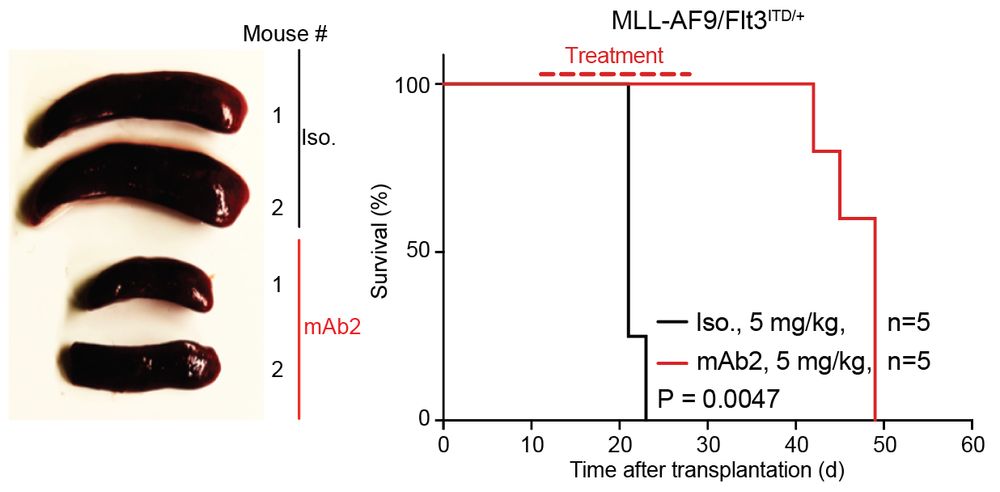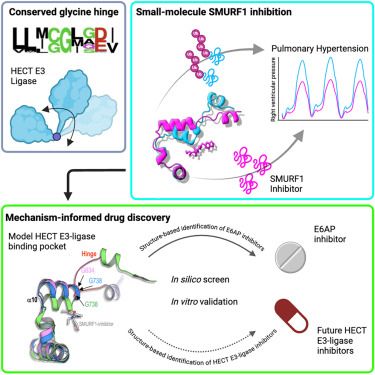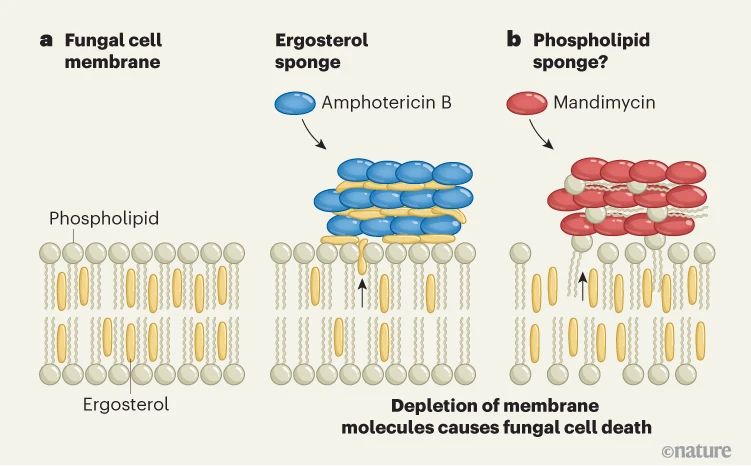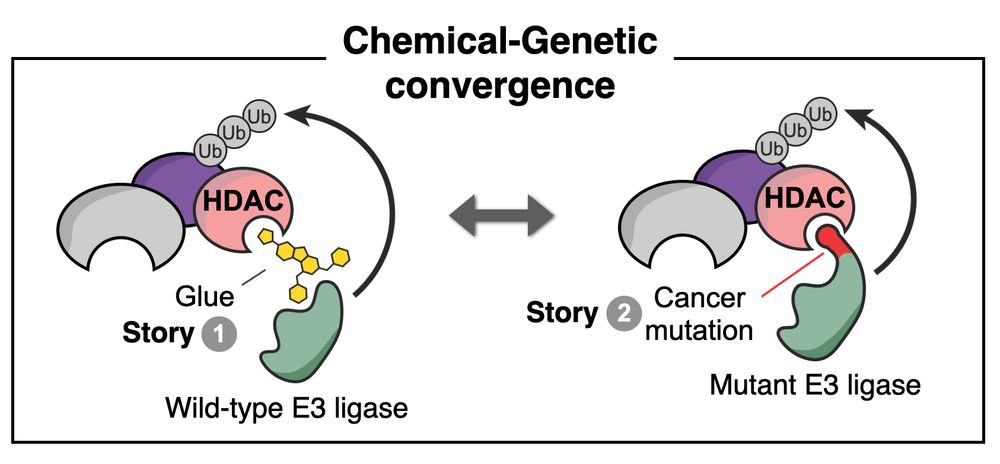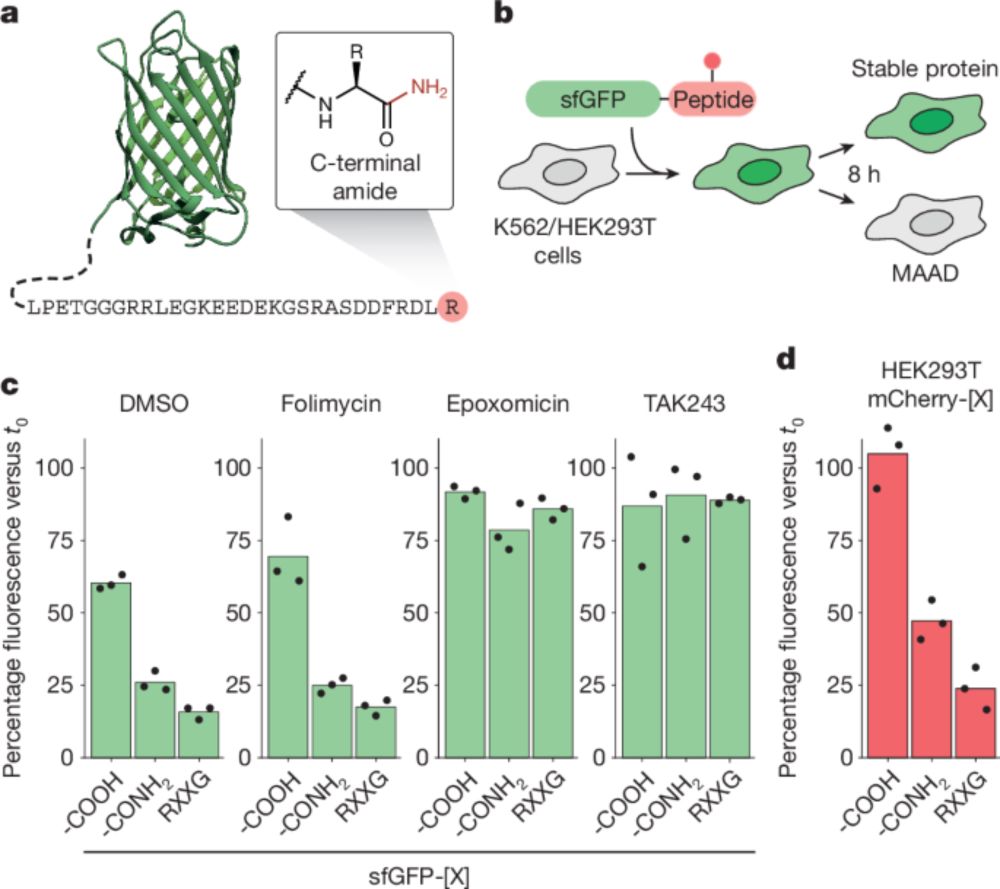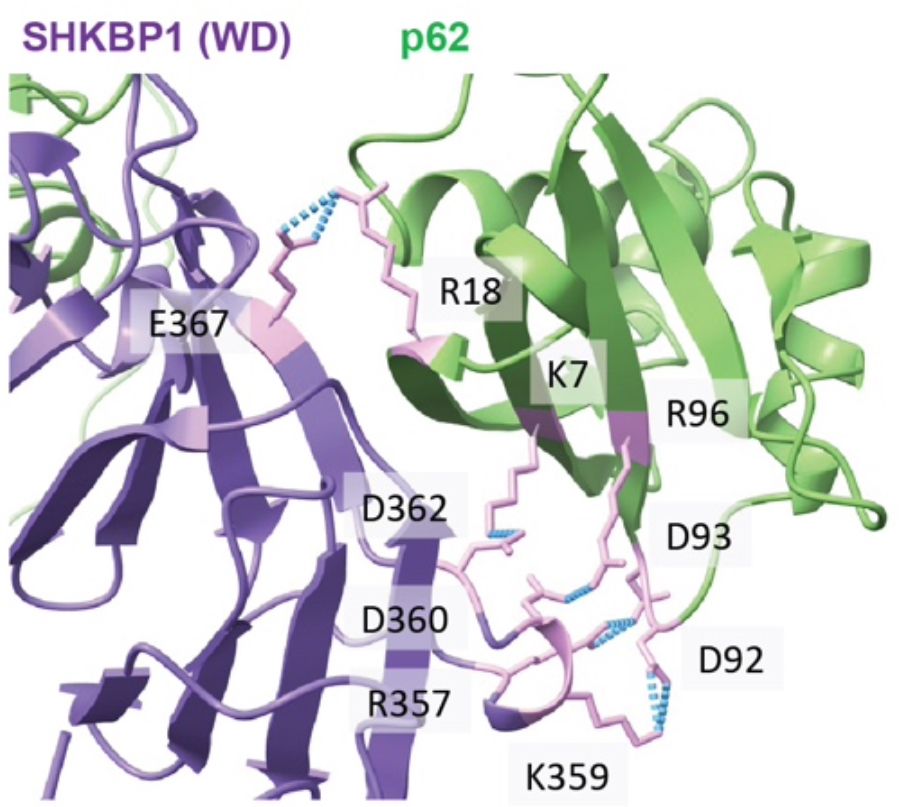Steven Cheng
@scheng23.bsky.social
510 followers
1.2K following
36 posts
Chemistry & Chemical Biology PhD Candidate @Harvard woolab.org |
Chemical Engineering @Stanford Alumnus |
Small molecules 💊, PTMs (esp O-GlcNAc 🟦), RNA splicing 🧬
Posts
Media
Videos
Starter Packs
Pinned
Steven Cheng
@scheng23.bsky.social
· Nov 18
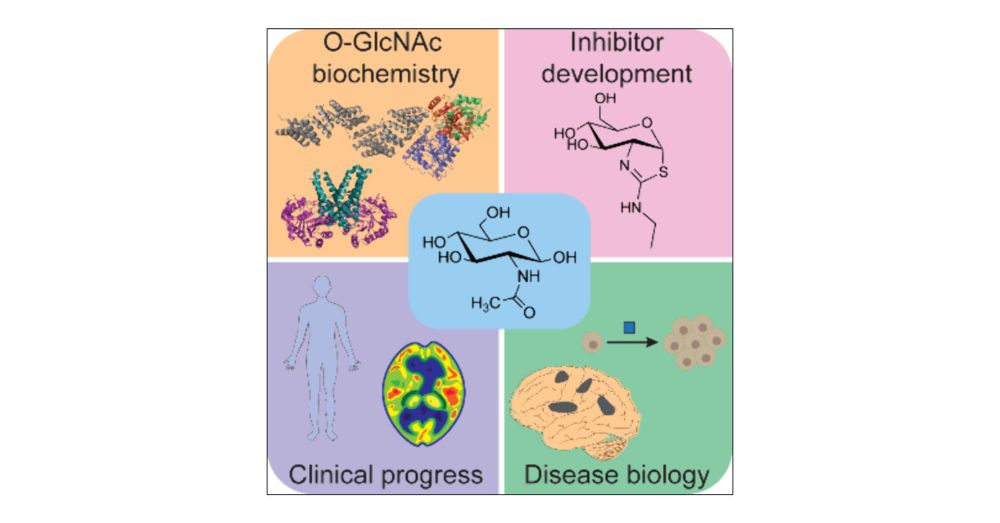
Opportunities for Therapeutic Modulation of O-GlcNAc
O-Linked β-N-acetylglucosamine (O-GlcNAc) is an essential, dynamic monosaccharide post-translational modification (PTM) found on serine and threonine residues of thousands of nucleocytoplasmic protein...
pubs.acs.org
Steven Cheng
@scheng23.bsky.social
· May 20
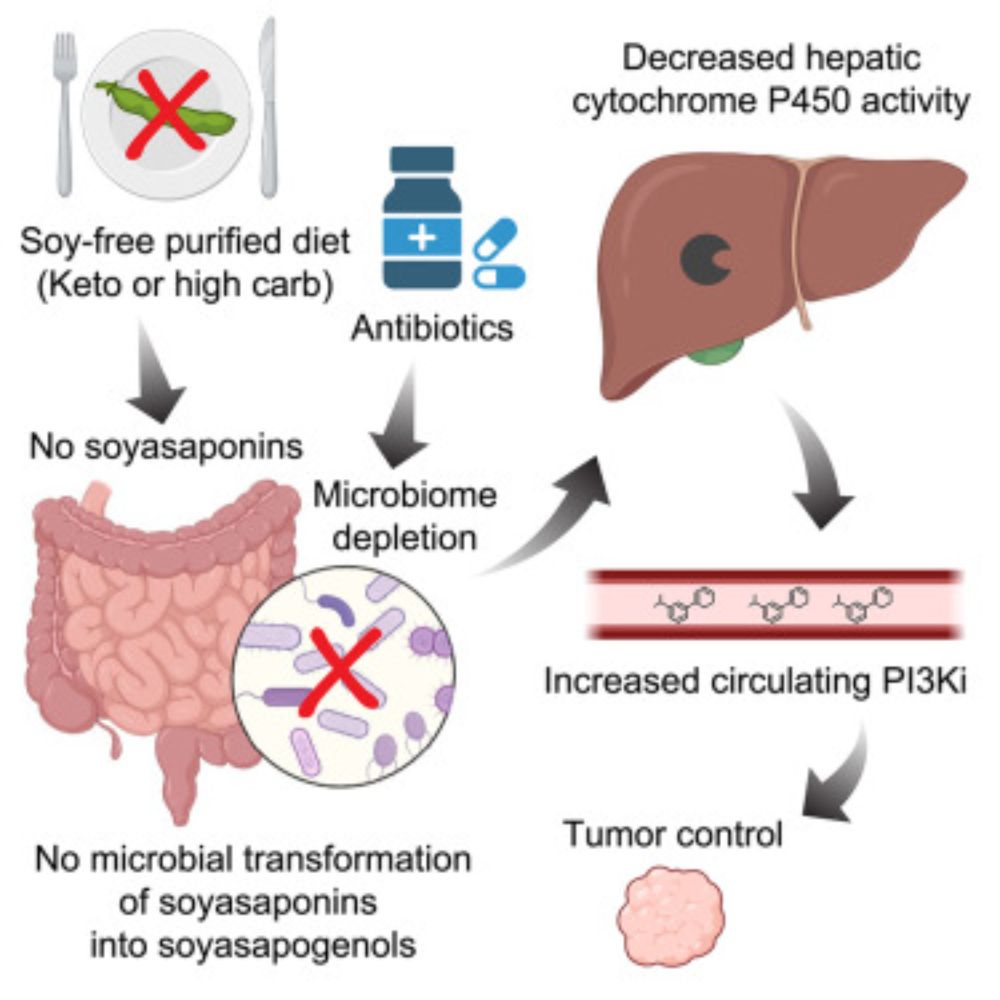
Microbiome metabolism of dietary phytochemicals controls the anticancer activity of PI3K inhibitors
Diet can impact anticancer drug activity. A classic example in rodents is a ketogenic
diet enhancing PI3K inhibitor activity. Here, we show that phytochemicals and their
microbiome derivatives, rather...
www.cell.com
Steven Cheng
@scheng23.bsky.social
· May 16
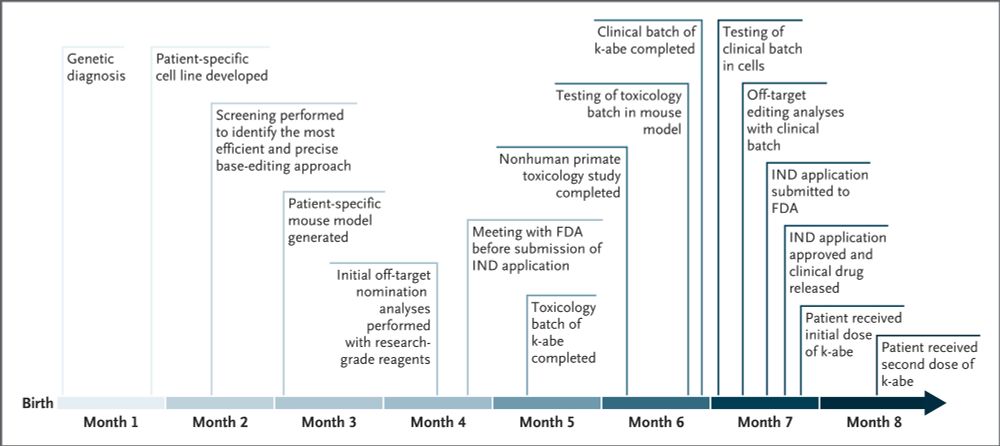
Patient-Specific In Vivo Gene Editing to Treat a Rare Genetic Disease | NEJM
Base editors can correct disease-causing genetic variants. After a neonate had received a diagnosis of severe carbamoyl-phosphate synthetase 1 deficiency, a disease with an estimated 50% mortality ...
www.nejm.org
Steven Cheng
@scheng23.bsky.social
· May 14
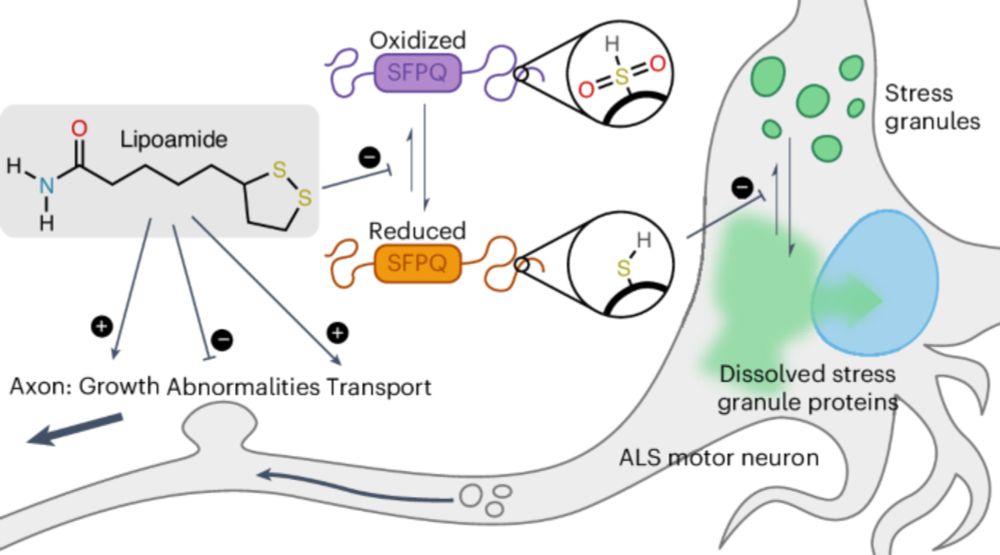
Small-molecule dissolution of stress granules by redox modulation benefits ALS models - Nature Chemical Biology
Uechi et al. found that a small-molecule lipoamide dissolves stress granules (SGs) by targeting SFPQ, a redox-sensitive disordered SG protein, alleviating pathological phenotypes caused by amyotrophic...
www.nature.com
Steven Cheng
@scheng23.bsky.social
· Apr 29
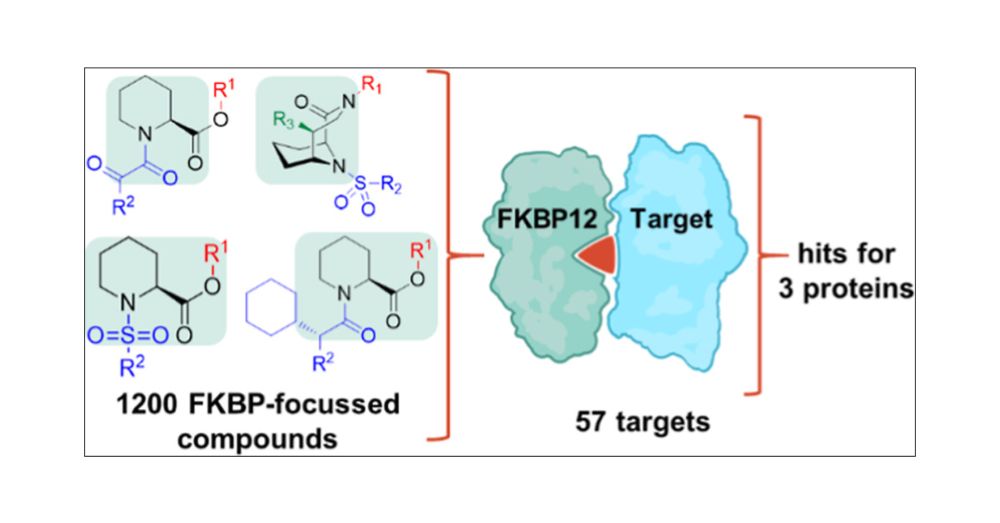
Broad Target Screening Reveals Abundance of FKBP12-Based Molecular Glues in Focused Libraries
Competitive (nondegradative) molecular glues represent a promising drug modality that remains underexplored primarily due to the lack of adequate hit identification approaches. In this study, we screened our historically grown FKBP-focused library containing >1000 drug-like molecules to identify FKBP-assisted molecular glues targeting a diverse panel of 57 proteins. In addition to establishing a robust and generalizable screening approach, we discovered three novel FKBP-dependent molecular glues targeting PTPRN, BRD4BD2, and STAT4. Our results demonstrate that molecular glues are more common than previously thought and that they can be identified by repurposing existing focused libraries. An optimized, highly cooperative FKBP12-BRD4BD2 glue demonstrated the involvement of the BD2 pocket and exhibited selectivity over the closely related BD1 domain. Our results underscore the value of FKBP12-assisted molecular glues to target challenging proteins with the potential for high selectivity.
pubs.acs.org
Reposted by Steven Cheng
Reposted by Steven Cheng
Ryan Potts - real
@pottslab.bsky.social
· Mar 21

Discovery of a VHL molecular glue degrader of GEMIN3 by Picowell RNA-seq
Targeted protein degradation (TPD) is an emerging therapeutic modality in which small molecules are used to recruit targets to the natural protein degradation machinery of the cell. Molecular glue deg...
www.biorxiv.org
Reposted by Steven Cheng
Steven Cheng
@scheng23.bsky.social
· Mar 17
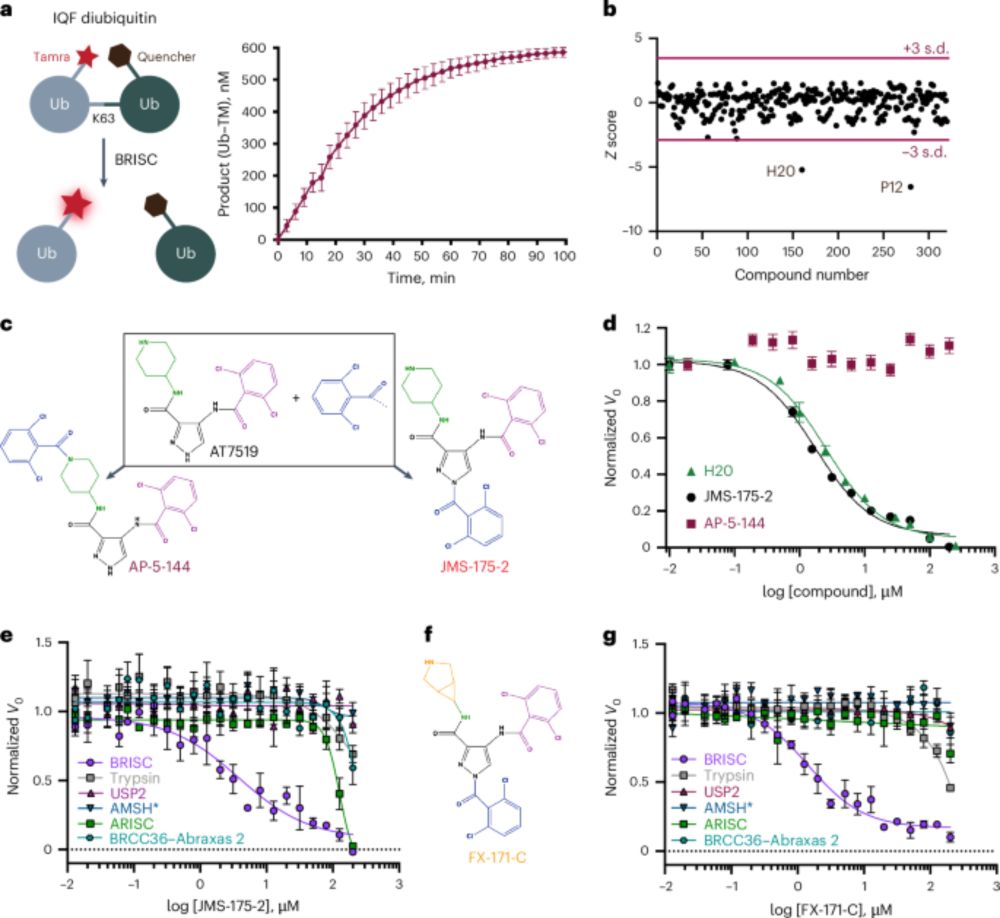
Molecular glues that inhibit deubiquitylase activity and inflammatory signaling - Nature Structural & Molecular Biology
The BRCC36 isopeptidase complex (BRISC) is a deubiquitylase that stabilizes interferon receptors, driving inflammation. We discovered ‘BRISC molecular glue’ inhibitors (BLUEs) that selectively inactiv...
www.nature.com
Steven Cheng
@scheng23.bsky.social
· Mar 11

A pharmacological modality to sequester homomeric proteins
Molecules that can perturb protein-protein interactions have an immense impact on chemical biology and therapeutics. However, such compounds typically rely on accessory proteins to function, such as E...
www.biorxiv.org
Steven Cheng
@scheng23.bsky.social
· Mar 2
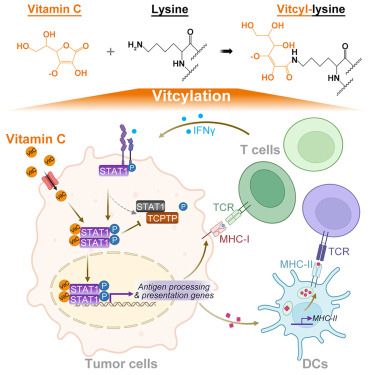
Lysine vitcylation is a vitamin C-derived protein modification that enhances STAT1-mediated immune response
Vitamin C directly modifies lysine residues through vitcylation, regulating STAT1
signaling and enhancing anti-tumor immune responses by preventing STAT1 dephosphorylation.
www.cell.com
Steven Cheng
@scheng23.bsky.social
· Feb 27
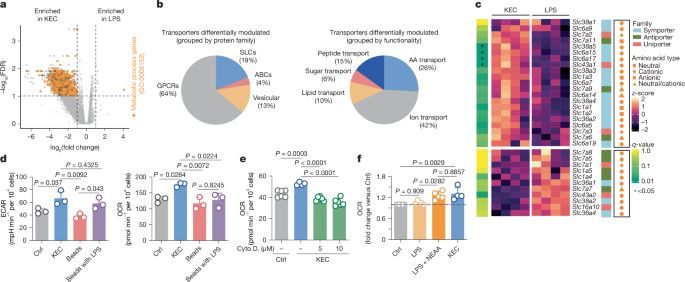
Macrophages recycle phagocytosed bacteria to fuel immunometabolic responses - Nature
Phagocytosed bacteria can serve as an alternative nutrient source for macrophages, influencing their metabolic and immune responses through the recycling of microbial components, with the process regu...
www.nature.com
Steven Cheng
@scheng23.bsky.social
· Feb 25
A clinical drug candidate that triggers non-apoptotic cancer cell death
Small molecules that induce non-apoptotic cell death are of fundamental mechanistic interest and may be useful to treat certain cancers. Here, we report that tegavivint, a drug candidate undergoing hu...
www.researchsquare.com
Reposted by Steven Cheng
Reposted by Steven Cheng
Reposted by Steven Cheng
Steven Cheng
@scheng23.bsky.social
· Jan 31
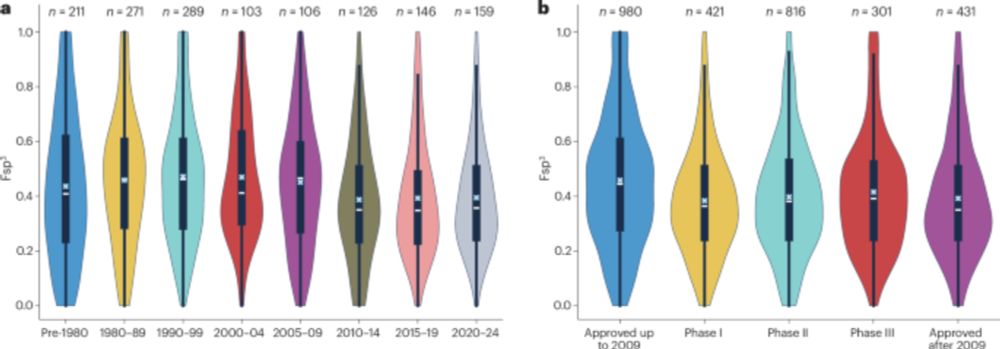
Return to Flatland - Nature Reviews Chemistry
Fifteen years ago, an analysis of drug molecules moving through the stages of clinical development suggested that increased three-dimensional character was a marker of greater success. Now, we perform...
www.nature.com
Steven Cheng
@scheng23.bsky.social
· Jan 31
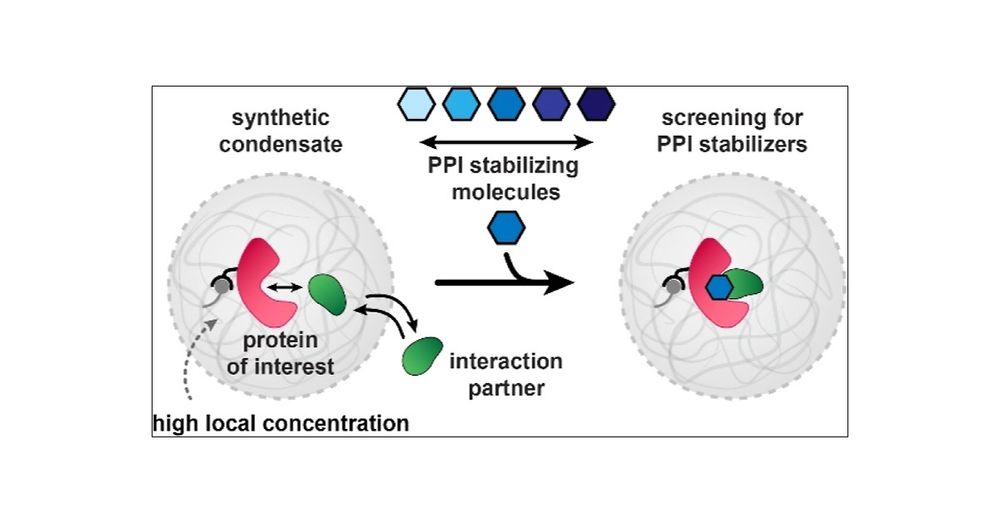
Modulation of Protein–Protein Interactions with Molecular Glues in a Synthetic Condensate Platform
Misregulation of protein–protein interactions (PPIs) underlies many diseases; hence, molecules that stabilize PPIs, known as molecular glues, are promising drug candidates. Identification of novel mol...
pubs.acs.org
Steven Cheng
@scheng23.bsky.social
· Jan 29
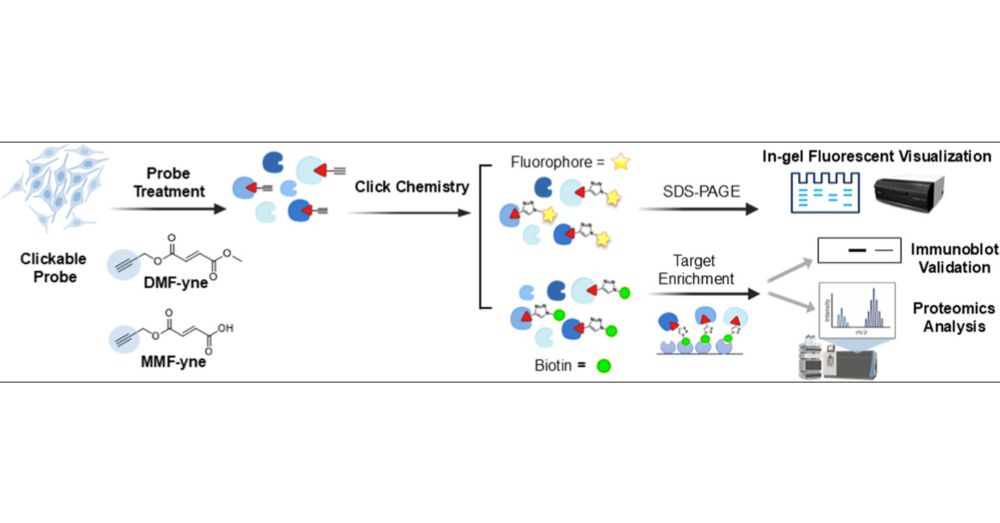
Chemoproteomic Profiling of Clickable Fumarate Probes for Target Identification and Mechanism of Action Studies
Dimethyl fumarate (DMF) is an established oral therapy for multiple sclerosis worldwide. Although the clinical efficacy of these fumarate esters has been extensively investigated, the mode of action and pharmacokinetics of fumarates have not been fully elucidated due to their broad-spectrum reactivity and complex metabolism in vivo. To better understand the mechanism of action of DMF and its active metabolite, monomethyl fumarate (MMF), we designed and utilized clickable probes to visualize and enrich probe-modified proteins. We further perform quantitative chemoproteomics analysis for proteome-wide target identification and validate several unique and shared targets of DMF and MMF, which provide insight into the reactivity, selectivity, and target engagement of fumarates.
pubs.acs.org
Reposted by Steven Cheng
Reposted by Steven Cheng
Dr. Tom Frieden
@drtomfrieden.bsky.social
· Jan 23

